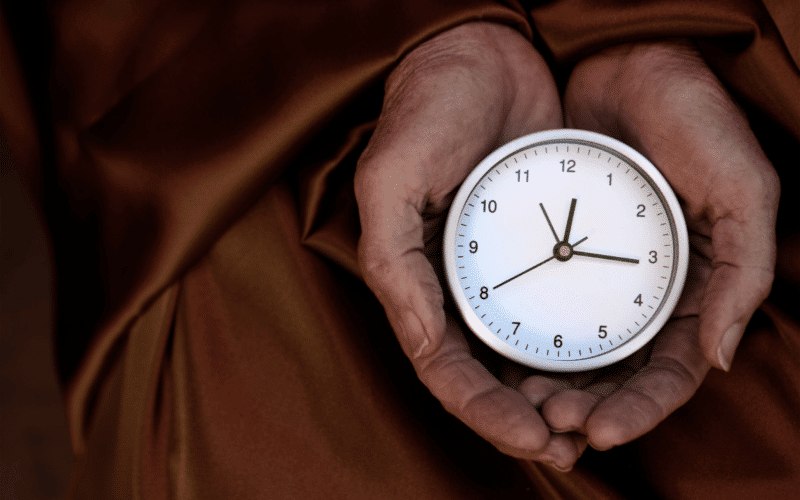Cause 2: Age – The Unseen Accelerator

As time keeps ticking, so does our biological clock. Age is an integral part of our lives, influencing many aspects of our health, including the risk of developing Polycythemia Vera (PV).
PV is rarely seen in young adults or children. It’s a condition that predominantly affects middle-aged and older individuals. Statistics show that the average age of diagnosis is around 60 years. But why is age such a significant risk factor? Let’s unravel this mystery.
Our bodies undergo several changes as we age. These changes are not just external, but internal too, and our bone marrow is no exception. Over the years, the bone marrow’s capacity to produce blood cells changes, potentially setting the stage for conditions like PV.
Age also plays a role in the accumulation of genetic mutations. Remember the JAK2 gene mutation we talked about earlier? Well, the likelihood of acquiring such mutations can increase with age. Our cells replicate their DNA every time they divide, and this replication process isn’t perfect. Errors can creep in, leading to mutations. The more times our cells divide throughout our lifetime, the higher the chance of mutations occurring.(2)